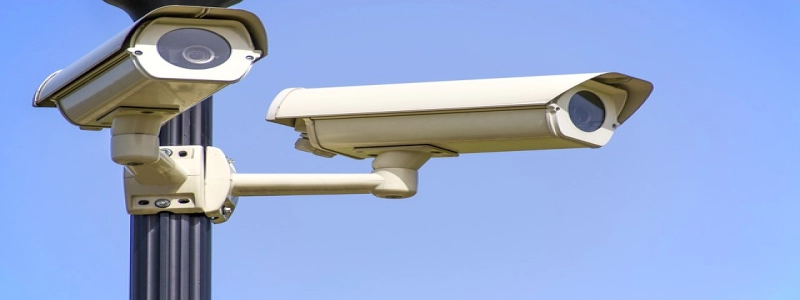How are Wavelength and Frequency of Light Related?
Introduktion:
Light is an electromagnetic wave that exhibits both wave-like and particle-like properties. Its behavior can be understood by examining its properties, such as wavelength and frequency. This article will explore the relationship between the wavelength and frequency of light and how it affects various phenomena.
jeg. Definition and Measurement of Wavelength:
A. Wavelength refers to the distance between two consecutive crests or troughs of a wave.
B. The unit of measurement for wavelength is usually expressed in meters (m), although it can also be expressed in nanometers (nm) or angstroms (?), depending on the context.
II. Definition and Measurement of Frequency:
A. Frequency represents the number of wave cycles that pass through a given point per unit time.
B. The unit of measurement for frequency is hertz (Hz), which represents one cycle per second.
III. Relationship between Wavelength and Frequency:
A. The wavelength and frequency of light have an inverse relationship.
B. According to the wave equation c = λν, where c is the speed of light, λ is the wavelength, and ν is the frequency, it can be observed that as the wavelength increases, the frequency decreases, and vice versa.
IV. Applications and Consequences of the Wavelength-Frequency Relationship:
A. The wavelength and frequency of light determine its color.
1. In the visible light spectrum, different wavelengths correspond to different colors.
2. For example, red light has a longer wavelength (~700 nm), while blue light has a shorter wavelength (~400 nm).
B. The wavelength and frequency of light affect its energy.
1. As the frequency of light increases, its energy also increases.
2. This relationship is described by the equation E = hν, where E is energy and h is Planck’s constant.
C. The wavelength and frequency of light influence its interaction with matter.
1. The behavior of light can differ based on its wavelength.
2. For instance, shorter wavelengths, such as ultraviolet light, are more likely to be absorbed or scattered by molecules, while longer wavelengths, like infrared light, can pass through certain materials more easily.
Konklusion:
The wavelength and frequency of light are interconnected properties that define its behavior, color, energy, and interaction with matter. Understanding their relationship allows scientists to study and manipulate light for various scientific and technological applications. By delving deeper into the fascinating world of light, we continue to unveil its mysteries and harness its potential in countless ways.







